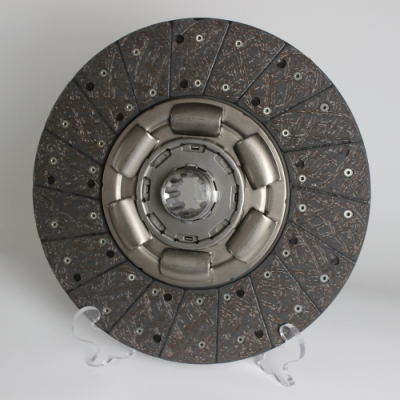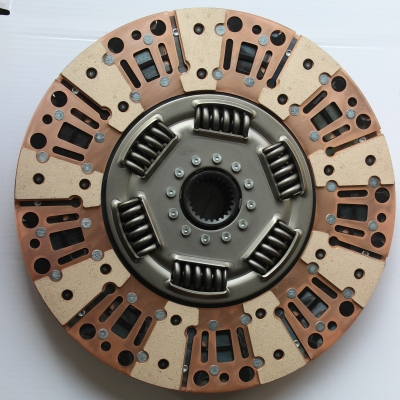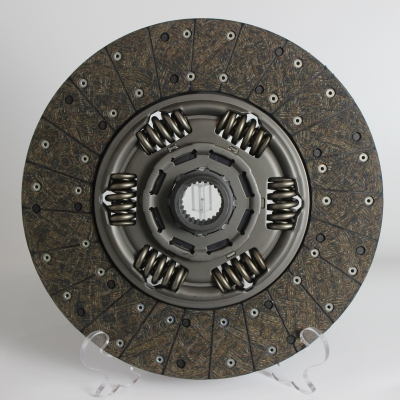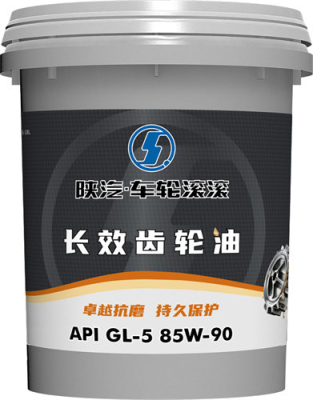Clutch Cover For XCMG
Highlight 1: The transmission plate is stamped and formed from highly elastic 65Mn steel strips. The heat treatment and tempering have small attenuation to ensure complete separation during use.
Highlight 2: Separate pull ring stamping forming, carbonitriding ensures tensile toughness and wear resistance
Highlight 3: The limit snap ring reduces the risk of failure caused by bumping and deformation during transportation, and also facilitates installation.
Highlight 4: The bottom of the plate is made of HT250 cast iron, which is more suitable for friction and torque transmission due to its hardness and tensile strength. The weight fully meets the heat capacity and inertia requirements, reducing ablation and frustration.
Product description
The clutch pressure plate is an important structure on the clutch, and its function plays an important role in the driving safety of the car. The clutch pressure plate is one of the most important components in the clutch assembly. It transmits and cuts off the engine's power transmission through the linkage mechanism according to the driver's wishes. And cooperates with the clutch plate to make the vehicle start smoothly, shift gears smoothly and prevent engine overload.



Advantages of clutch pressure plate
Withstand pressure: The clutch pressure plate bears the pressure from the clutch pressure plate spring and transmits it between the clutch plate and the flywheel to ensure the normal operation of the clutch.
Metal material: The clutch pressure plate usually uses high-strength metal materials, such as steel or aluminum alloy, to ensure sufficient strength and durability.
Friction surface: The clutch pressure plate usually has a friction surface, whose function is to contact the clutch plate and provide friction so that the clutch plate can correctly contact and disengage from the flywheel.
Adjustment mechanism: Some clutch pressure plates are equipped with an adjustment mechanism to adjust the gap between the clutch plate and the flywheel. By adjusting this gap, you ensure proper clutch operation and smooth clutching and disengaging.
Structural design: The structural design of the clutch pressure plate can be adjusted to suit different vehicles and applications. For example, some vehicles will use dual-disc clutch pressure plates to increase load-carrying capacity and transmission efficiency.
Packaging and shipping
















